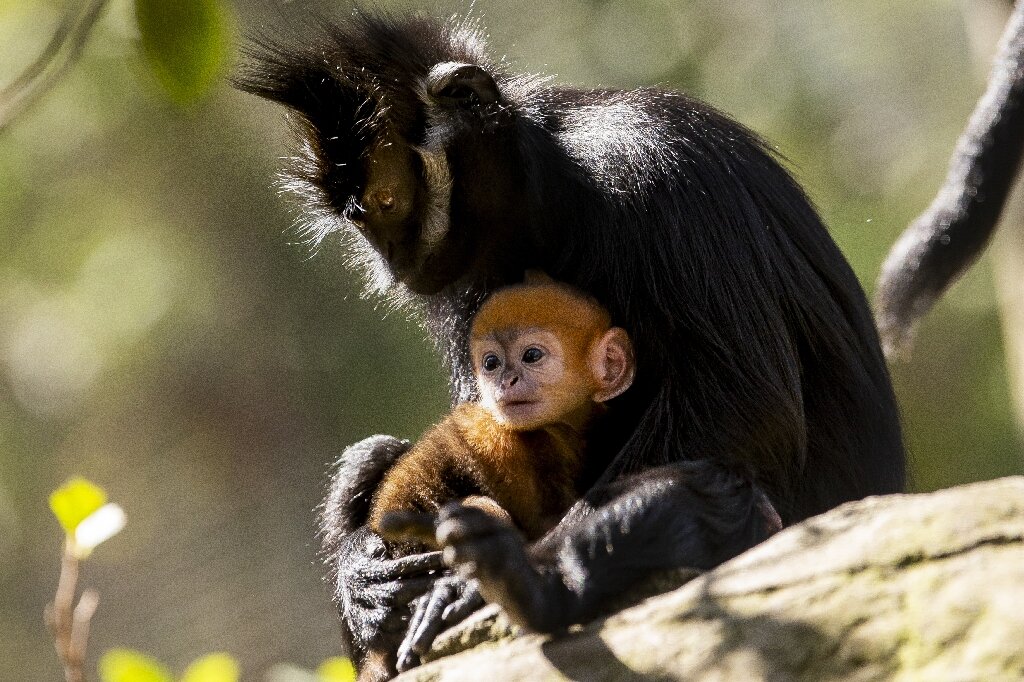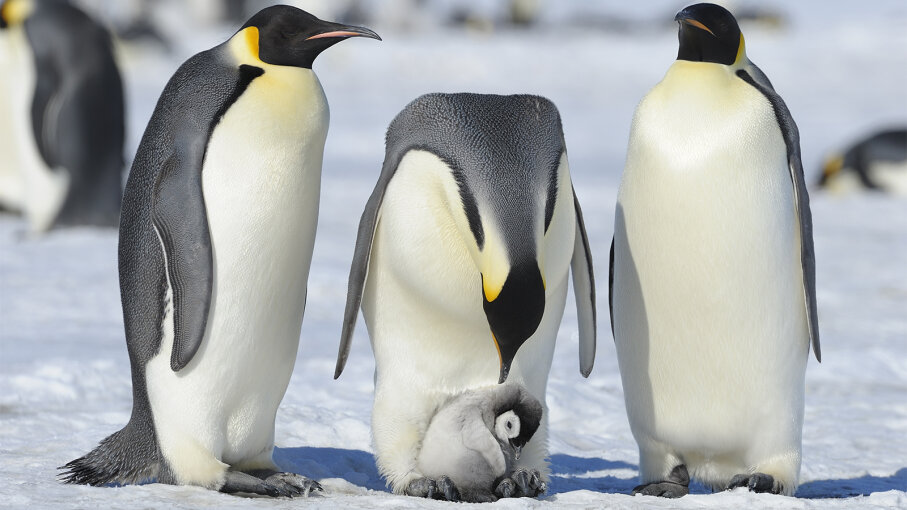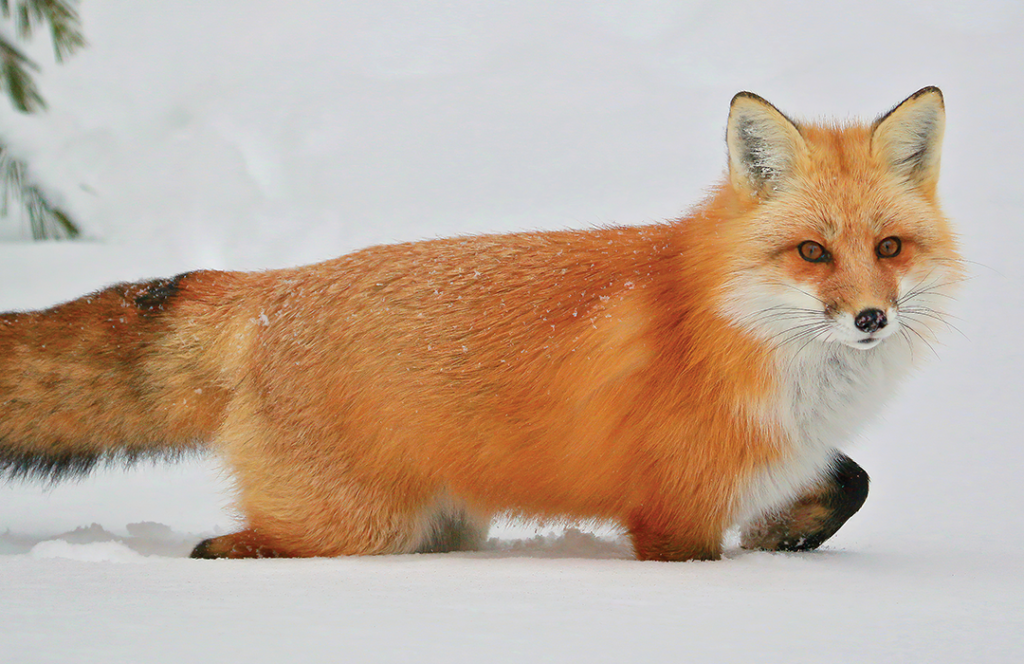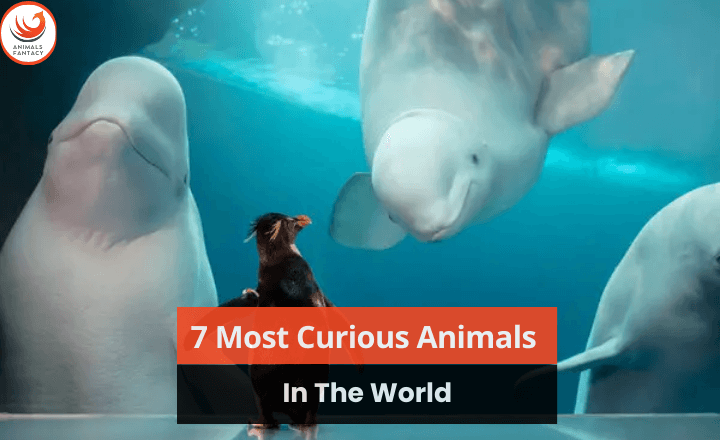Have you ever wondered which are the most curious animals on the planet? From playful primates to inquisitive cephalopods, the animal kingdom is brimming with fascinating and enigmatic beings. In this guide, we’ll journey through the world of wildlife to uncover seven of the most strange animals known to science. These creatures show behaviours that spark our imagination and challenge our understanding of animal intelligence, leaving us captivated by their unique quirks and captivating interactions with their environment.
The Evolutionary Roots Of Animal Curiosity:
Animal that are curious has its origins in the need for survival and adaptation. It likely developed as a way for animals to explore and learn about their environment, helping them find food, shelter, and mates. This drive to seek out new experiences and information has been important for the survival of different species.
Curiosity may have also helped animals assess threats and opportunities in their surroundings. By exploring new areas and investigating new objects, animals could gather valuable information about dangers or resources. This behaviour could have been a big advantage in navigating complex environments.
Most Curious Animals In The World
Animals have always interested people with their curiosity and interesting behaviours. Monkeys play and dolphins investigate, showing that curiosity is common among many animals. This curiosity leads them to explore, interact with new things, and solve problems.
Cats
Cats are famous for being curious and always wanting to explore. They are unmatched in their curiosity, not just in exploring but also in watching how humans behave. It’s impressive to see how cats approach life with unending curiosity. This constant search for knowledge makes them one of nature’s most puzzling yet fascinating creatures.

Cats are graceful and agile, captivating observers with their movements. They have been admired for centuries for their poise and natural abilities. Despite being seen as mysterious and independent, cats are curious and adaptable. Their curiosity leads them to explore their surroundings with a sense of adventure, showcasing their intelligence and resilience.
Puppies
Puppies are curious animals. They love to explore and discover new things with lots of energy and excitement. Watching a puppy enjoy new experiences reminds us to appreciate the little things in life.

Every moment is a chance for them to learn and grow. Seeing this makes us happy and reminds us to stay curious and open-minded. They start exploring as soon as they can see. They investigate everything with excitement, even if they are clumsy. They love to chase after toys and explore new things.
Monkeys
Monkeys are interesting animals that have fascinated humans with their playful behaviour and complex social groups. They communicate using sounds, faces, and gestures, showing their advanced thinking abilities.
Recent studies have revealed that monkey groups have different personalities, challenging the idea that all monkeys behave similarly. Some monkeys are bold and take risks, while others are cautious and watch from a distance, similar to people in society. Monkeys are essential for keeping the environment balanced by spreading seeds and eating insects.

They stay healthy by finding food and grooming each other, and they form strong bonds in their communities. Monkeys can live in different places and are good at adapting to changes in their environment, showing how tough they are.
Penguins
Penguins are cute and good at communicating. They use sounds and body movements to interact in their busy groups. They do this for things like finding a mate and defending their territory. This shows how penguin society works.

Penguins are also good at swimming and being social. They are also good at surviving demanding environments like cold winters and climate changes. Penguins are curious and social animals that can adapt to harsh environments. They live in icy, temperate, and tropical areas, showing their survival ability in different places.
Giraffes
Giraffes are fascinating to scientists and nature lovers because of their tall, elegant appearance. Their long necks help them reach high leaves and play a role in dominance battles.

You are watching giraffes in the wild, which shows how they communicate and have complex social groups. Despite being known for their long necks, giraffes also move gracefully and quickly, showing their many abilities.
Foxes
Foxes are known for being clever and curious. They are inquisitive animals with a complex social structure and can adapt to different environments. They are good at hunting because they have sharp hearing and a strong sense of smell.

They often hunt small mammals, birds, and insects. Foxes also play with each other, which is fun and helps them practice hunting. This shows that they are competent and can adapt well to different situations.
Foxes are also good at solving problems and are skilled hunters. They have sharp hearing and can see well at night, which helps them catch prey. Recent studies have found that foxes live in complex groups, which differs from what we thought before.
Bush Babies
Bush babies, also called gulags, are small primates living in sub-Saharan Africa’s forests and woodlands. They are known for their big eyes and quick movements. Bush babies hunt insects like moths, ants, and beetles. They have good hearing and can see well at night, which helps them find and catch their prey.

Influence Of Inquisitiveness On Environmental Preservation:
Curiosity is important for protecting the environment because it motivates people to learn more about how nature works. When people are curious about the natural world, they are more likely to find new ways to live sustainably. This curiosity helps people understand environmental problems better and encourages them to take action to solve them.
Curious people are also important for doing research and creating new ways to protect the environment. By asking questions and doing experiments, curious people help scientists make discoveries that can lead to better ways to protect the environment. Curiosity also leads to new ideas and inventions that can help with renewable energy, managing waste, and protecting different kinds of plants and animals.
Conclusion
Curious animals play a vital role in the natural world, driving exploration and innovation. The inquisitive animals‘ natures encourage adaptation and learning, contributing to ecosystems’ overall diversity and resilience. Scientists can gain valuable insights into animal cognition and problem-solving abilities by studying their behaviour. We need to protect these curious creatures and their habitats to ensure that they can continue to inspire and amaze us with their intelligence and curiosity. Let’s work together to preserve the environments where these remarkable animals thrive so future generations can benefit from their fascinating presence.
FAQs
What Animals Are Known For Curiosity?
Several animals are known for their curiosity, including primates such as chimpanzees, bonobos, and orangutans. These smart animals like to explore and check out new things. They are curious and have been studied a lot to understand how they solve problems and think.
What Is The Friendliest Animal In The World?
The golden retriever is known as the friendliest animal. They are popular family pets because they are gentle, friendly, and loyal. They are great with children and other animals, making them a top choice for those seeking a friendly companion.
Why Are Animals Curious?
Animals are curious by nature as a survival instinct. Curiosity helps them explore their environment, learn about potential threats, and discover sources of food and shelter.
Are Cats Curious Animals?
Yes, cats are known for their curious nature. They like to explore, investigate, and observe their surroundings. This curiosity is a common trait in most cats and is shown through behaviours like pouncing on things, smelling new scents, and climbing to high places to look around.
What Is The Most Curious Animal?
Certain animals, such as crows and ravens, have been observed demonstrating curious behaviours. They are known for their problem-solving abilities and have been seen exploring new objects and situations to satisfy their curiosity.

